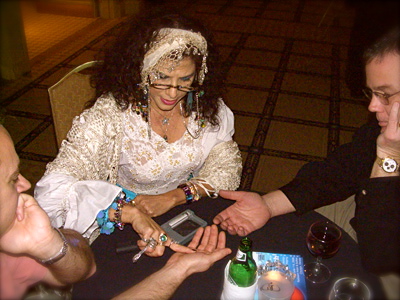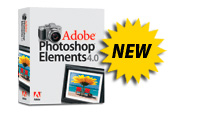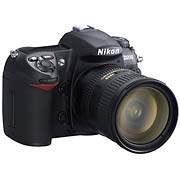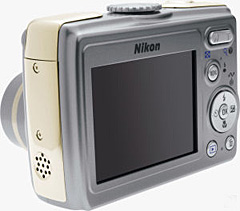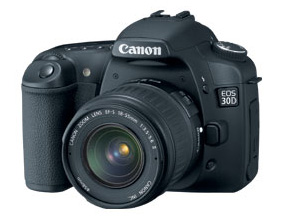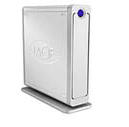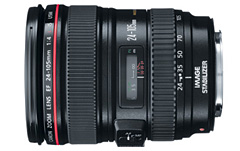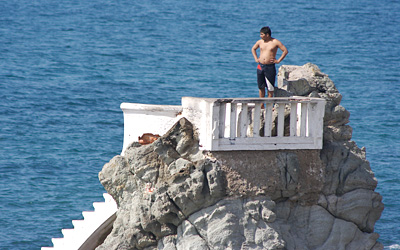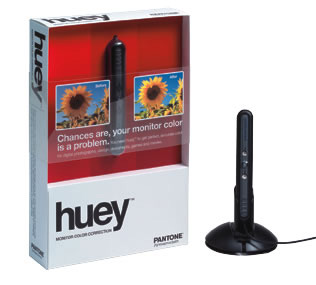
Calibrating your computer monitor is a lot like carrying a tripod. You know you should do it, but it's often such a hassle, you don't. I've been using the Spyder 2 to keep my monitor in check. It's a nice device, and the software is decent, but the Spyder isn't portable or simple enough for me justify taking it on the road. While at the PMA show in Orlando, I was able to test the new huey by gretagmacbeth ($79 on Amazon). It's about the diameter of a thick writing pen and a bit shorter. So, there's really no excuse to leave this device at home.
The huey is both a screen calibrator (LCD and CRT) and a room light monitor. The first part we all know about. It calibrates your computer monitor so the colors you're viewing on screen (in theory) are the same as on other calibrated monitors. Plus you can sync your monitor to your output devices so you have accurate color all the way through your workflow -- or at least that's the hope. The huey makes this process easy. Its bundled software works with Mac OS X 10.2 (or later), Windows 2000 and XP. The Mac version, which I tested, installs an application, system preference pane, and menu bar shortcut. It's well designed and fun to use.
But the truly ambitious aspect of this device is that it endeavors to monitor the room lighting and adjust your monitor on the fly if the lighting changes. This is particularly helpful when you're working on long image editing sessions in rooms with natural light. And since the huey is so portable, laptop users can stash it in their travel bag and enjoy accurate color on the road.
This all sounds great, but the real test is will the huey help me make better prints? Since I'm on the road right now, I'm not able to verify yea or nay as to its effectiveness. So I looked up the huey on Amazon and read its reviews. Both reviewers (as of March 1, 2006) said that the device did not help them make better prints. You can also read a fairly in depth review on Northlight Images, although that review wasn't definitive on the huey's ability to help us make better prints.
So, is the huey worth 80 bucks? Well, for gaming calibration and for quickly adjusting the way your monitor looks, it's pretty slick. I really like using it. But I think there's some question concerning its ability to improve your color workflow. For that, I'm going to have to test it with my printers and post a comment below. If you've had a chance to test the huey, please share your comments for others.
Technorati Tags: digital photography, equipment, product review
